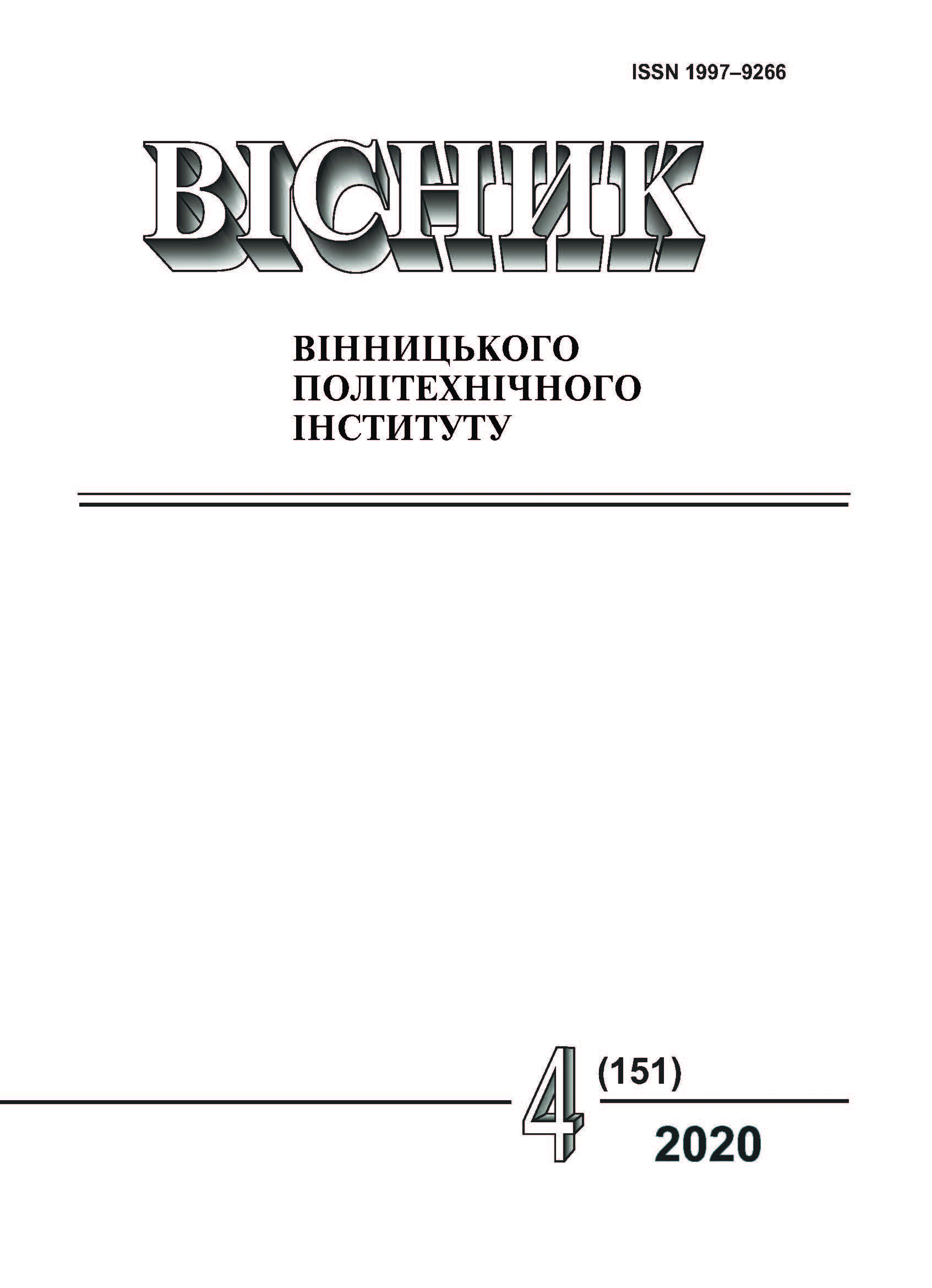Information Technology for Finding Possible Sources of Increased River Pollution Using the PROPHET Model
DOI:
https://doi.org/10.31649/1997-9266-2020-151-4-15-24Keywords:
information technology, water quality, time series, Prophet model, source of river pollution, PythonAbstract
Climate change has led to many low-water years and, consequently, a decrease of the volume of water to dilution anthropogenic pollution. Thus, research aimed at identifying the main sources of pollution to regulate them immediately is becoming increasingly important. Moreover, according to the EU Water Framework Directive, which, according to the Association Agreement with the EU, Ukraine is obliged to comply with, it is necessary to develop a set of actions soon to achieve or stabilize at least good environmental status in all water bodies. In Ukraine, as in many other European countries, the water quality monitoring system does not provide a sufficient amount of regular observation data for localization in space and time of all, including unregistered, sources of increased pollution, which complicates the implementation of the policy of their regulation. Therefore, it is important to create information technology to find possible sources of increased anthropogenic pressure on the river according to regular observations of water quality in the basin of a given river. The analysis showed that such data is characterized by a change in the frequency of observations (especially in the long run for decades), there is a practice of one-time observations (once a quarter or six months, each time at different times), many missed data, etc., which makes it impossible to use typical similar problems of multiple regressions and time series models based on autoregression and integrated moving average (ARIMA). It is proposed to use Facebook's Prophet model and package for R and Python, which is devoid of all these short-comings and is optimal for solving this problem. The methodology of its application is developed and characterized, which consists in the modeling of monitoring data with filtering of different types of seasonality and allocation of a linear trend between change points, the first approximation of each of which is set at the beginning of intervals in one or several years, depending from the amount of available data. The identified trends between these points are compared by different indicators at each observation post and a specially developed algorithm reveals the largest increases in trends ("pulses"), which then cause a monotonous increase in pollution up to this time. The detected dates of such "pulses" are scaled and aggregated by different indicators, which allows to determine the date of occurrence of the source of pollution at each section between posts and then, according to other data with the involvement of relevant control services, more accurately identify the source of increased river pollution, at present. A program in Python was developed, which tested the efficiency of the technology to detect such "impulses" on the example of the Southern Bug River from its source to Vinnytsia according to the state water quality monitoring system for 2002-2019 and presents the successful results of its work.
References
Водний Кодекс України. Введений в дію Постановою ВР № 214/95-ВР від 06.06.95. Відомості Верховної Ради (ВВР), № 24, ст. 189, 1995.
Єдиний державний веб-портал відкритих даних. Дані державного моніторингу поверхневих вод. Державне агентство водних ресурсів України. [Електронний ресурс]. Режим доступу: https://data.gov.ua/dataset/ee2bc3b0-42d4-4f19-8d96-913cd9d1f02a .
Моніторинг та екологічна оцінка водних ресурсів України. Державне агентство водних ресурсів України, Інститут розробки інформаційних систем, 2020. [Електронний ресурс]. Режим доступу: http://monitoring.davr.gov.ua/EcoWaterMon/GDKMap/Index .
Package «Prophet». Automatic Forecasting Procedure. Version 0.6.1, 2020-04-28. [Electronic resource]. Available: https://github.com/facebook/prophet .
В. Б. Мокін, Л. М. Скорина, і А. Р. Ящолт, «Удосконалення технології аналізу даних дозвільної документації зі спеціального водокористування в системі Держводагенства,» Вісник Вінницького політехнічного інституту, № 4, с. 22-31, 2017.
Інструкція про порядок розробки та затвердження гранично допустимих (ГДС) речовин у водні об'єкти із зворотними водами. Харків, Україна: УкрНЦОВ, 1994.
В. Б. Мокін, і А. Р. Ящолт, Комп’ютеризовані регіональні системи державного моніторингу поверхневих вод: моделі, алгоритми, програми, монографія. Вінниця, Україна: ВНТУ, 2005, 78-85 с.
Downloads
-
PDF (Українська)
Downloads: 248
Published
How to Cite
Issue
Section
License
Authors who publish with this journal agree to the following terms:
- Authors retain copyright and grant the journal right of first publication.
- Authors are able to enter into separate, additional contractual arrangements for the non-exclusive distribution of the journal's published version of the work (e.g., post it to an institutional repository or publish it in a book), with an acknowledgment of its initial publication in this journal.
- Authors are permitted and encouraged to post their work online (e.g., in institutional repositories or on their website) prior to and during the submission process, as it can lead to productive exchanges, as well as earlier and greater citation of published work (See The Effect of Open Access).





